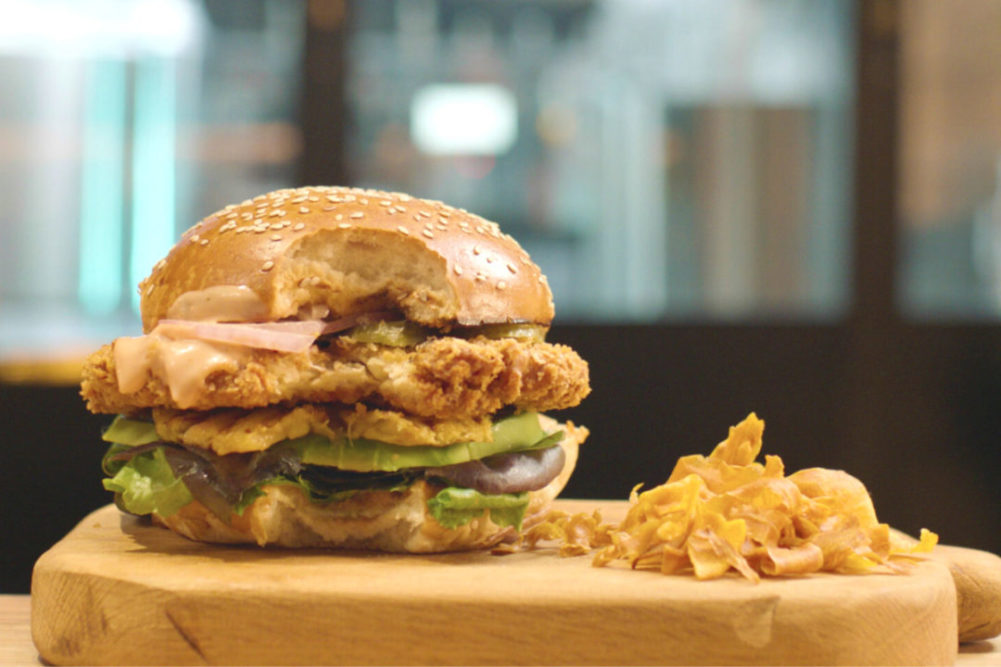SAN FRANCISCO — Hybrid products could drive the first wave of cell-based foods to market.
Opportunities may exist for manufacturers of plant-based meat to improve their products with cell-based material, said Ido Savir, co-founder and chief executive officer of SuperMeat, a Tel Aviv-based maker of cultured chicken, during a March 11 presentation at the virtual Future Food-Tech summit.
“Plant-based products have a number of challenges, whether it’s melting temperature or other issues, that we can address using cultured material,” he said. “This is similar to what Impossible Foods did when they introduced the heme factor that helps catalyze animal flavors.”
Impossible Foods uses soy leghemoglobin, a plant protein that carries the iron-containing molecule heme, to give its plant-based burgers a juicy, bleeding attribute. Potential benefits of hybrid products include replacing plant-based fat with animal-based fat.
“That would enable you to monetize cultured meat early on while using existing production lines,” Savir said.
Cell-based meat also could be used to replace conventional meat in existing products. SuperMeat has plans to enter the B2B channel and supply its cultured products directly to the meat industry.
“They won’t need to change their production lines and they won’t need to change their recipes,” Savir said. “That makes it significantly easier for them to actually incorporate this type of raw material in their current applications.”
Another avenue for hybrid products is using plant materials to improve cell-based meat. Eat Just in December received clearance to sell chicken bites containing cultured meat in Singapore, making it the first cultured meat product in the world to earn regulatory approval. The product contains 70% cultured chicken and 30% plant-based material.
“The core is the meat, and the enhancement is plant-based,” said Josh Tetrick, founder and CEO of Eat Just. “We start with cultured meat and then say, ‘How do we add plant-based meat to add a little bit of structure?’”
Solving for structure remains a key challenge for cultured meat, he added.
“These more advanced structures — think of the structure necessary for a steak — aren’t commercially viable today,” Tetrick said. “They will be in the future, but a hybrid approach allows you to build structure as you’re scaling up the technology.”
Hybrid meat could serve as a long-term strategy or as a steppingstone on the path to perfecting the functionality and cost of cultured meat. The biggest challenge remains the cost of producing cell-based meat, but that barrier is expected to decrease as the technology scales.
“The processes that SuperMeat and Eat Just use do not require scaffolding,” Sivo said. “This is existing technology that has been around for decades, we’re just using it for new applications. Once there is engagement with the market, we’ll see bigger and bigger factories rise up, and that will allow us to lower the cost. The complexity isn’t high. It’s just a matter of investing the resources and the focus. Eat Just made a monumental step for the industry when they got the first product in the world approved. That basically bridged the barrier, so now the game begins.”


